- Size
- Smallest
- Small
- Small to Medium
- Medium
- Large
- Giant
- Characteristics
- Smartest
- Hypoallergenic
- Fluffy
- Best Guard
- Best Family
- Best for Kids
- Low Shedding
- Healthiest
- Police Dogs
- Most Calm
- Quietest
- Color
- White
- Black
- Grey
- Brown
- Blue
- Red
- Coat
- Hairless
- Short
- Long
- Origin
- Japan
- China
- Australia
- Germany
- Italy
- United States
- France
- Group
- Hound
- Terrier
- Herding
- Toy
- Working
- Sporting
Tips on Dealing with Old Dog Incontinence
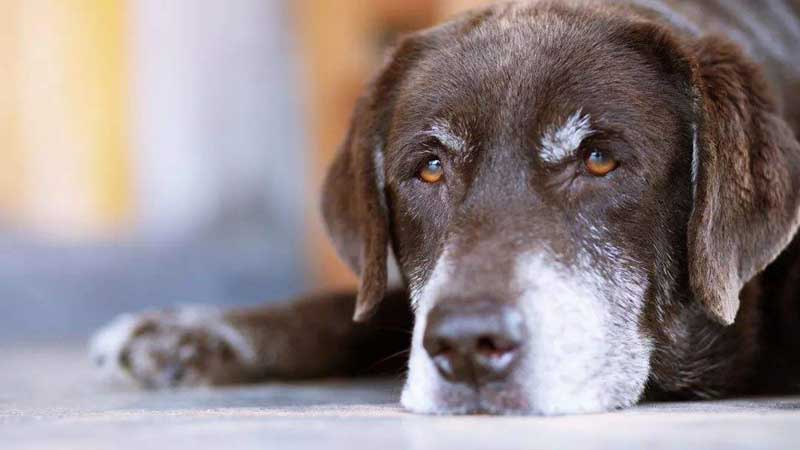
As your pet ages, you may start to notice that he or she is unable to make it outdoors to use the bathroom appropriately. Accidents around the house are becoming more frequent and it seems there is no end in site. Incontinence is a common medical condition in older pets. Proper treatment and home care can ensure you and your pet continue to have the quality of life you desire. Read on for some tips on dealing with this condition.
What is Incontinence?
Incontinence is an involuntary loss of bladder control. You dog may have short, frequent "dribbles" of urine or uncontrollably empty a full bladder all at once. Some early signs of incontinence are wet spots where your dog typically sleeps. You may smell or feel urine on the carpet. Your pet may frequently lick herself to clean off the urine. Her skin in this area may become red or irritated. You may also notice a change in behavior; a well potty-trained pet may feel awkward or uncomfortable knowing she had an accident in the house. Female dogs and certain dog breeds, such as Doberman Pinschers, Springer and Cocker Spaniels, Collies, German Shepherds and Boxers are more prone to urinary incontinence.
What Causes Incontinence
Many senior pets will ultimately experience urinary incontinence due to the aging process. Often, this is due to an anatomical problem, such as a weakening of the muscles that control the bladder. A neurological problem may also be contributory; nerve signals that tell your pet their bladder is full, how to hold their urine, and when to release their urine may deteriorate with time. Hormonal imbalances, senility, new medications, congenital defects, and spinal issues could also be contributing. Your pet's veterinarian will rule out more acute issues, such as a urinary tract infections/stones or prostate disorders.
What Treatments Are Available
To treat urinary incontinence, your vet will start by gathering data through blood cultures, urine tests, and imaging such as ultrasound or radiographs. The vet will then take measures to strengthen the muscles are nerve signals associated with the bladder. Certain hormonal medications, antibiotics, and even surgery may be warranted to improve your pet's quality of life. While these may help significantly improve symptoms and avoid further medical issues, it is not always possible to completely eliminate your pet's problem.
How Can I Help My Pet
At home, limit water intake in the evening if your pet is having trouble holding her urine all night. Be sure to give her plenty of walks and outdoor time to eliminate throughout the day. If needed, consider indoor puppy pee pads, especially under her bedding and usual rest spots. Special bedding is available to keep your pet's skin dry should she eliminate while sleeping. Sometimes doggy diapers are necessary to protect both your rugs and your sanity. When using doggy diapers, remember to change them frequently to keep your pet's skin and hair as dry as possible to avoid irritation. Check your dog's skin and clean it mild soapy water and dry thoroughly, as scalding of the skin can quickly lead to infection. With the help of your veterinarian, you can keep your pet happy and your home clean.
References
- [1] ^ Calder Vets: Senior Dog Incontinence
- [2] ^ The Spruce Pets: What to Do If Your Older Dog Is Incontinent
You May Also Like
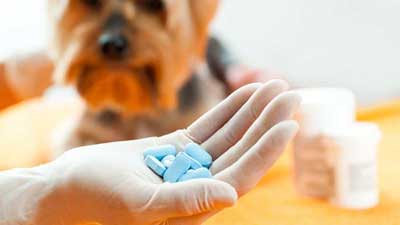 Dog HealthCan I Give Human Amoxicillin To My Dog?
Dog HealthCan I Give Human Amoxicillin To My Dog?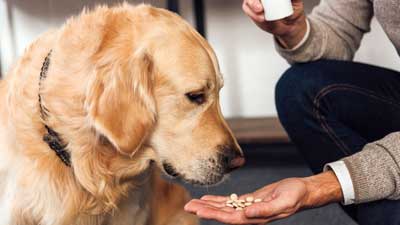 Dog HealthWhat Happens If A Dog Eats Amoxicillin?
Dog HealthWhat Happens If A Dog Eats Amoxicillin?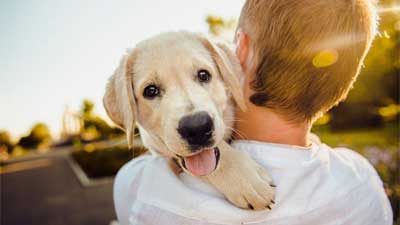 Help & Advice10 Tips for New Dog Owners
Help & Advice10 Tips for New Dog Owners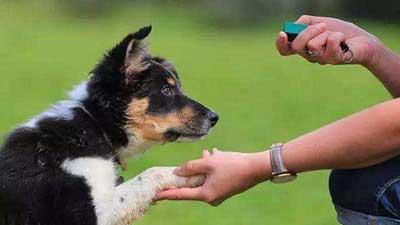 Dog Training Tips5 Things to Know About Puppy Behavior Training Mistakes
Dog Training Tips5 Things to Know About Puppy Behavior Training Mistakes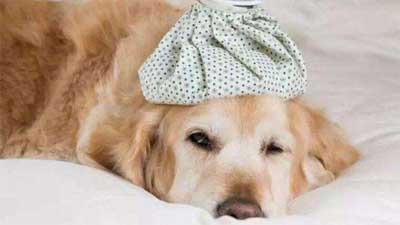 Dog HealthCan humans Get Parvo from Dogs?
Dog HealthCan humans Get Parvo from Dogs?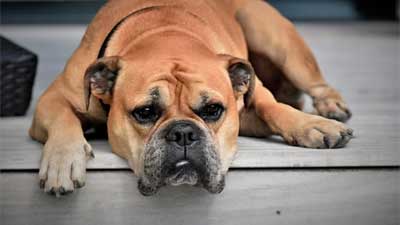 Dog HealthHow Long Does It Take A Dog To Show Signs Of Parvo?
Dog HealthHow Long Does It Take A Dog To Show Signs Of Parvo?